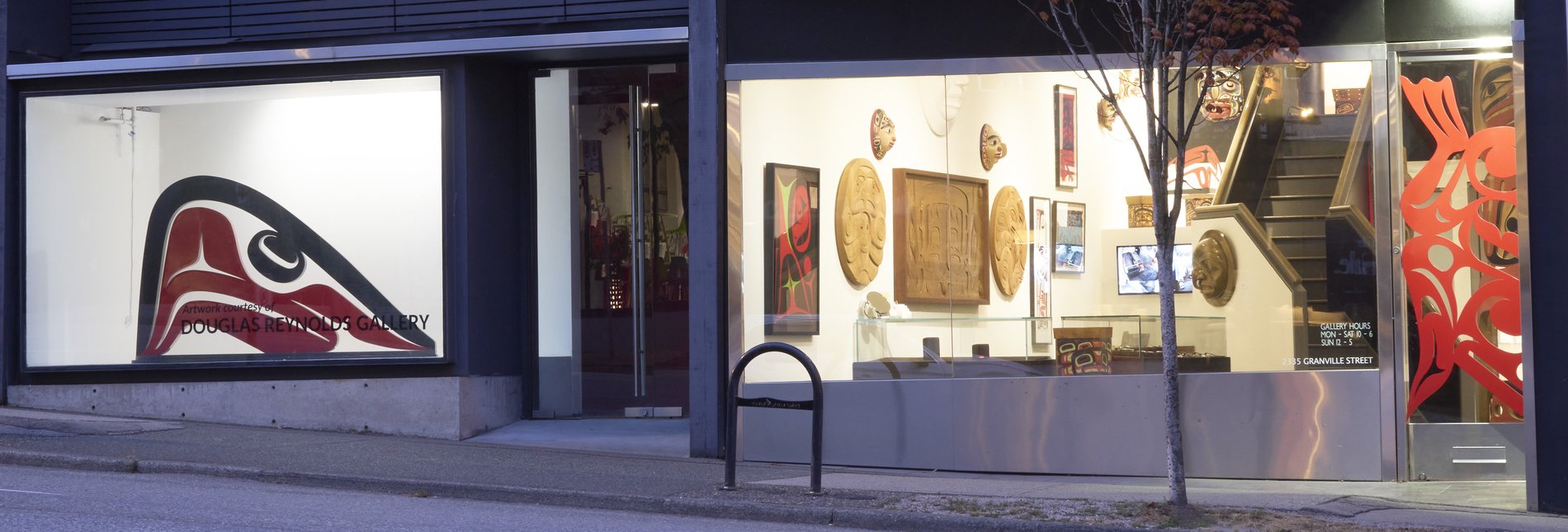It appears that your cart is currently empty

Doug Cranmer
Born in Alert Bay in 1927, Doug Cranmer learned to carve directly from the previous generation of Kwakwaka’wakw carvers. When he was 10 months old he received the name of Kesu', meaning "wealth being carved". As a youth, Cranmer watched resident carver Arthur Shaughnessy at work and later received his first formal instruction from Master Carver, Mungo Martin.
In 1959, Cranmer joined with renowned artist Bill Reid in constructing the Haida village which is now located on the ground of the UBC Museum of Anthropology. In 1970, he began teaching at the Gitanmaax School of Northwest Coast Art in design and carving. In 1976, Doug returned to Alert Bay to work on a memorial pole for his father, Dan Cranmer, and to contribute to the construction of the U’mista Cultural Centre.
Although famous for his skill at carving, Cranmer was also an adept painter, and printmaker, creating pieces that challenged the established style in Northwest Coast art. He was an acknowledged Master Carver whose work is represented in many public and private collections, including the Canadian Museum of Civilization, the University of British Columbia Museum of Anthropology (MOA), the Vancouver Museum, the Royal British Columbia Museum in Victoria, BC, and the U’mista Cultural Centre in Alert Bay. In the fall of 2012 MOA had a comprehensive retrospection of his work. The show and accompanying publication, Kesu' The art and Life of Doug Cranmer, looked at the way in which Cranmer influenced contemporary Kwakwaka’wakw art and form, and how his work would come to both challenge and enliven it.
1 – 0 product(s) of 0
